By Sinclair Adam
Plant breeders and constantly developing new cultivars. Find out what goes into the new varieties of plants that you find at the garden center.
Every spring new plants arrive in a garden center near you displaying their attributes and often accompanied by point of purchase marketing tools such as banners, signs, fact sheets, and labels. What is behind the display you are seeing? Well rather a lot, really, as breeding investments done by the major companies are quite substantial. The preeminent event to see most of the new entries into the marketplace in a given has been the California Annual Spring Trials (CAST). This is a week-long event is held in various central and southern California locations. In 2021, CAST plans to move to June and become the California Annual Summer Trials. CAST is only open to industry personnel, and reservations must be made for each stop of the tour.
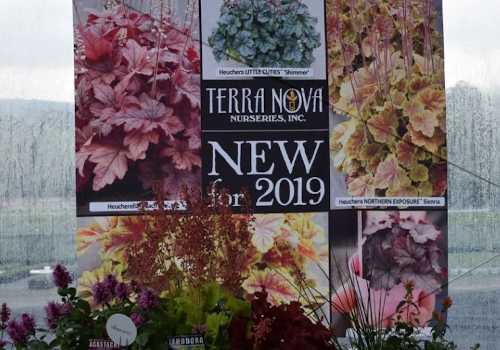
Major companies, such as Ball Horticulture, Dümmen Orange, Danziger Flower Farm, Proven Winners, Sakata Seed America, Beekenkamp, Benary, Suntory, and others employ full time breeders who are constantly working to develop new plants. This represents a considerable investment in personnel, but also in maintaining fields and greenhouses of breeding stock plants. Anna C. Ball, CEO of Ball Horticulture, has stated in presentations given across the country “New plants are the lifeblood of our industry,” a sentiment echoed by Professor Allan Armitage who is regarded as an international expert on herbaceous plants, and is a prolific author of articles and books on that subject.
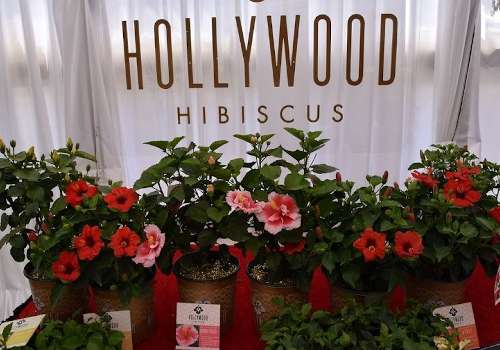
New plants are studied carefully by retail companies, by wholesalers, by brokers, and allied trade representatives across the country. Over 90% of visitors to the Penn State Flower Trials say they use the trials to steer their plant choices for the following year. New plants are labeled as such in the program; some of these entries are in the marketplace at the time they are being trialed, and some are not yet available. In 2020 Sakata Seed America entered a new group of begonias which were designated by a number, and by season’s end Sakata had chosen which of the begonias entered in our trials would go to market in 2021. This decision was based on performance at Penn State University and at other trials sites in the United States. The partnership between breeders and trials sites is very effective, providing information on regional performance in a timely fashion. The costs for doing this are substantial, and we estimate that over $50,000 to $70,000 in entry fees are billed in a given year. Added to that are the costs of plug production for our program which are around $30,000 per year and underwritten by the submitter.
So how are new plants developed? Looking at Heuchera, the development of new selections has boomed in recent years. In the early 1980s we had a rather limited choice of cultivars compared to today. Most of the selections were based on H. sanguinea a species from the mountains of Arizona and New Mexico. These forms had good floral display, basically green foliage, and were hardy to zone 3. Milestones in breeding and development occurred due to the efforts of plantsmen from a number of companies. These pioneers found the fifty-some species that exist in North America and discovered that all but one had the same ploidy level. (That means the number of chromosomes were equal species to species and crosses between these species could readily occur.) A real milestone occurred when Montrose Nursery introduced ‘Montrose Ruby’ which was a cross between ‘Palace Purple’ and ‘Dale’s Selection’. ‘Montrose Ruby’ was used by Terra Nova Nurseries to kick off their breeding efforts, and they have introduced a great number of selections expanding the foliar colors and leaf vein patterns in the process. Credit is due to Dale Hendricks, Charles Oliver, Richard Lighty, Don Jacobs, Dan Hinkley, and Dan Heims for the wonderful array of Heuchera selections available currently, many of which are interspecific hybrids. The number of selections is almost overwhelming. The mechanics of breeding are an important consideration as well, so the breeder needs to learn when the pollen is ready and when the pistil is receptive in order to be successful. Additionally, a breeder needs to protect the crosses made from contamination by insects carrying undesired pollen. This knowledge is required for any breeding project for any plant group, of course.
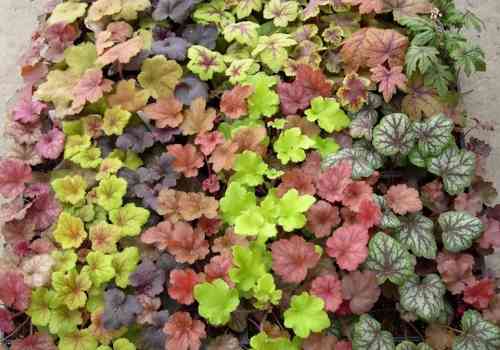
The development of Delphinium is another interesting story. The first record of this exquisite garden goodie was recorded 2000 years ago during the reign of the Roman emperor Nero. In 1743 seed was sold by Vilmorin in France during the reign of Louis XV. Victory Lemoine of France and James Kelway of Great Britain collaborated to produce ‘Statuaire Rude’ which was marketed as the King of Delphiniums with 3 inch florets, around 1850. Subsequently Blackmore & Langdon of Great Britain received the Award of Merit from the Royal Horticulture Society for their Delphinium selections in 1907. Although records have been lost, the late 1800’s hybrids are likely to be crosses of D. elatum, D. exaltatum, and D. formosum. Frank Bishop in the 1930’s produced a true-blue selection, but these plants proved to be short lived in garden settings, and the Blackmore & Langdon selections continue to be quite successful and are still sold today. Frank Reinelt who left Czechoslovakia in 1925 set out doing breeding of Delphiniums in California and is responsible for the Pacific Giant series. Dr. R.A.H. Legro began breeding in 1953 and produced red delphiniums after nearly 30 years of effort. A big advancement occurred more recently when Dowdeswell Delphiniums of New Zealand brought out the ‘New Millennium’ series. There are over a dozen cultivars and Dowdeswell sells seed as well through American & European seed houses. These plants are longer lived than the Giant Pacific types and have the classic British habit. They are more heat tolerant than others so well suited to the United States and are typically 3 to 4 feet tall. There have also been recent developments in compact Delphinium forms requiring less staking such as ‘Diamonds Blue’ from PanAmerican Seed.
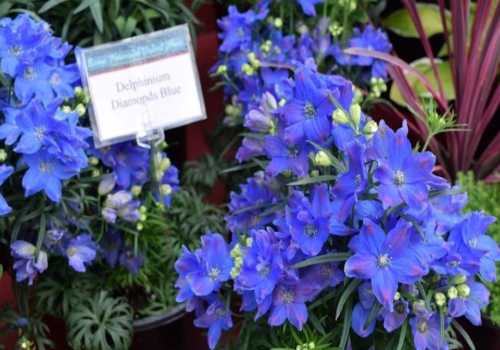
One plant group that has been extensively bred is Petunia. This group was the number-one-selling bedding plant from the 1950s to the 1980’s and then slipped into second place after Impatiens. New high performing Petunias emerged in the late 1980s and beyond. The breeding criteria is very competitive and demanding in today’s market. Many selections are grown and in the Penn State Flower Trials and we tested 110 selections in 2020. Originally the plants were produced mainly from seed, but today we are trialing more vegetatively produced cultivars than seed cultivars. Penn State Plant Breeding Professor Richard Craig laid out a modern criterion for breeding a new Petunia in the Bedding Plants Manual, including the following objectives:
- Achieve a royal blue color matching a specification on the Royal Horticultural Society Colour Chart
- Botrytis (fungal disease) resistance
- Flower size 5.5 centimeters
- Compact habit
- High seed germination potential
- Self branching
- Flowers 30 days after transplanting
- Stress and heat tolerance
- Ability to flower after significant rainfall
- Ability to be ability withstand 12 hours or storage and shipping
Though not complete, this demanding list of objectives illustrates the competitive nature of bedding plant breeding for today’s market. Breeding objectives can include a new or improved color, tolerance of environmental realities, disease resistance, insect resistance, improved habit, uniformity, improved propagation efficiency, and shipping efficiency gains. Without a doubt, the challenge is out for new plants to be able to withstand climate change. Heat tolerance, withstanding excessive rainfall, and drought tolerance all are issues in Pennsylvania that plants will face now and in the future. Breeding new plants that are successful in these changing realities is a paramount concern, and to be successful new selections need to be more than just another pretty face for the garden.
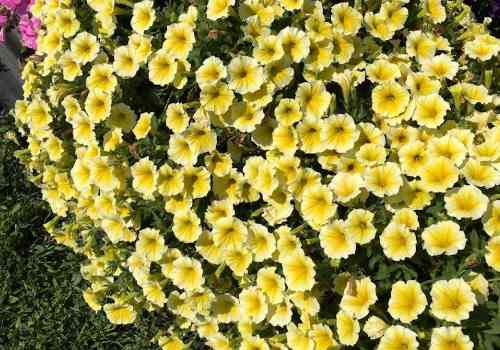
Source : psu.edu